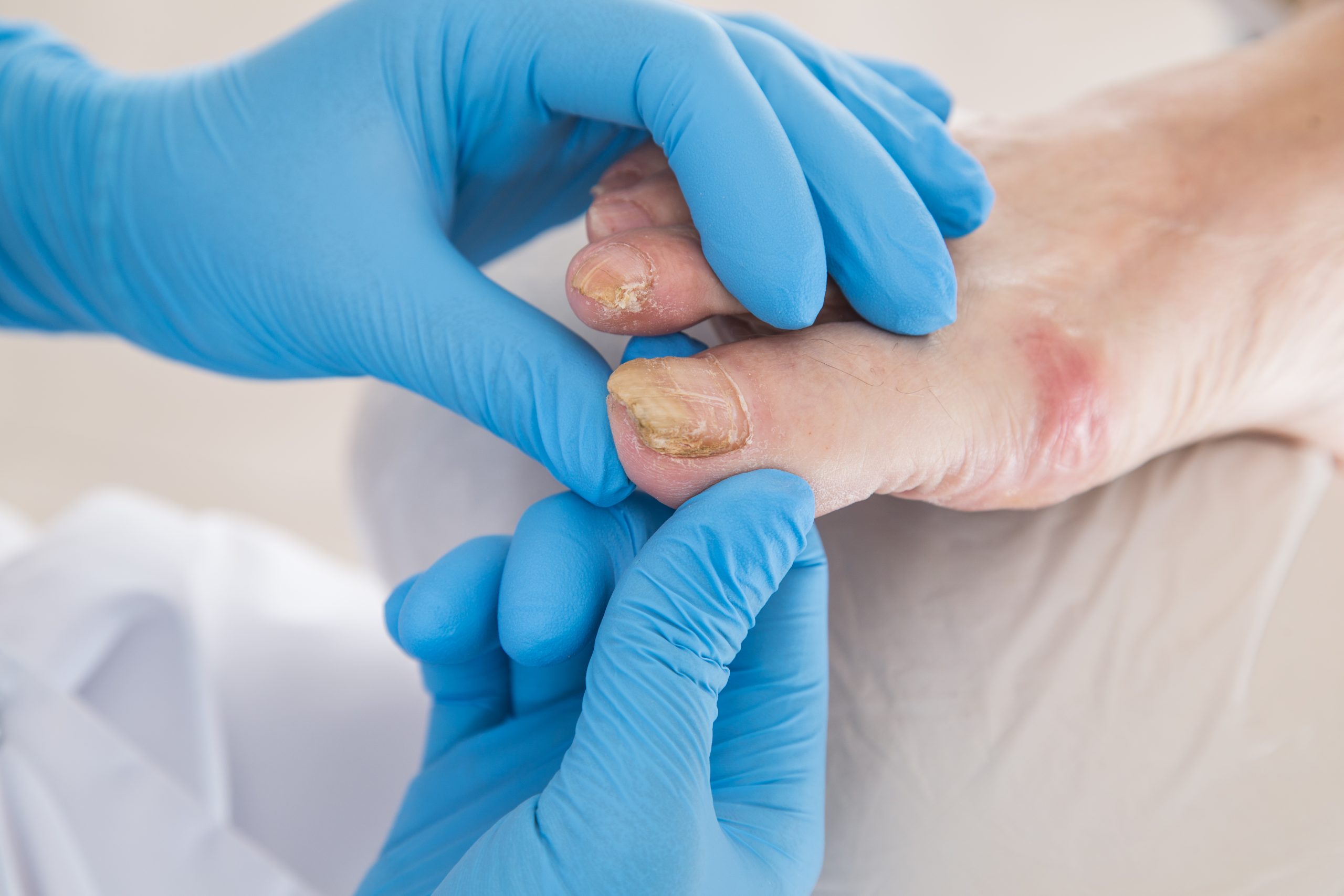Smoking is a well-known risk factor for various health problems, including lung disease, heart disease, and cancer. However, the impact of smoking on toenail fungus is a lesser-known but equally significant concern. Toenail fungus, medically known as onychomycosis, is a common condition that affects the nails, causing them to become discolored, thickened, and brittle. It can also lead to discomfort and pain. In this article, we will explore the connection between smoking and toenail fungus, highlighting the adverse effects of smoking on nail health and providing insights on how to promote healthy feet.
- Impaired Blood Circulation:
Smoking has detrimental effects on blood circulation, as the chemicals in cigarettes constrict blood vessels and decrease the flow of oxygenated blood to different parts of the body, including the feet. This compromised blood flow can impair the body’s ability to fight off infections, making smokers more susceptible to toenail fungus. Additionally, reduced blood flow can hinder the delivery of antifungal medications to the affected nails, making treatment less effective.
- Weakened Immune System:
Smoking weakens the immune system, making it harder for the body to defend against infections, including fungal infections. The immune system plays a crucial role in identifying and eliminating pathogens, but smoking compromises its function, leaving smokers more vulnerable to toenail fungus. As a result, smokers may experience prolonged and more severe cases of nail fungal infections compared to non-smokers.
- Delayed Healing:
Smoking delays the healing process by impairing tissue regeneration and reducing the body’s ability to repair itself. When it comes to toenail fungus, this delayed healing can prolong the duration of the infection and hinder the recovery of affected nails. Smokers may experience slower improvement in the appearance and health of their nails, even with proper treatment.
- Increased Risk of Recurrence:
Smoking is associated with a higher risk of recurrent toenail fungus. Even after successful treatment, smokers are more likely to experience a relapse of the infection compared to non-smokers. This is believed to be due to the compromised immune system and impaired blood circulation caused by smoking, which create an environment conducive to fungal growth and reinfection.
- Worsened Nail Health:
Smoking can have direct adverse effects on nail health. The chemicals in cigarettes can stain the nails, causing them to become yellowish or discolored. Smoking can also contribute to brittle nails that are more prone to breakage and damage. Weakened nails are more susceptible to fungal infections, as they provide a favorable environment for the fungus to thrive.
- Hindered Treatment Success:
Treating toenail fungus can be challenging, and smoking can further hinder the success of treatment. The compromised blood flow and weakened immune system associated with smoking can diminish the effectiveness of antifungal medications or topical treatments. This means that smokers may experience slower or less effective results compared to non-smokers, requiring more extensive treatment or longer durations of therapy.
- Quitting Smoking for Improved Nail Health:
Quitting smoking can have a positive impact on overall health, including nail health. By quitting smoking, individuals can improve blood circulation, enhance their immune system, and promote better healing. This, in turn, can enhance the body’s ability to combat toenail fungus and improve treatment outcomes.
In conclusion, smoking can have a detrimental impact on toenail health and the development, treatment, and recurrence of toenail fungus. Impaired blood circulation, weakened immune system, delayed healing, and increased risk of recurrence are some of the adverse effects of smoking on nail health. To promote healthy feet and reduce the risk of toenail fungus, individuals are encouraged to quit smoking and adopt a












